Xmas
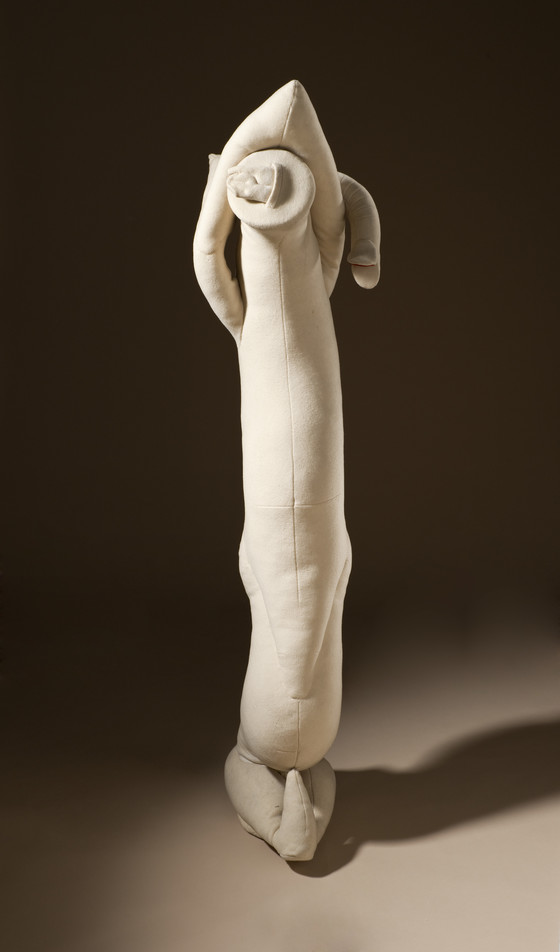
© Dorothea Tanning Estate/Artists Rights Society (ARS), New York

© Dorothea Tanning Estate/Artists Rights Society (ARS), New York
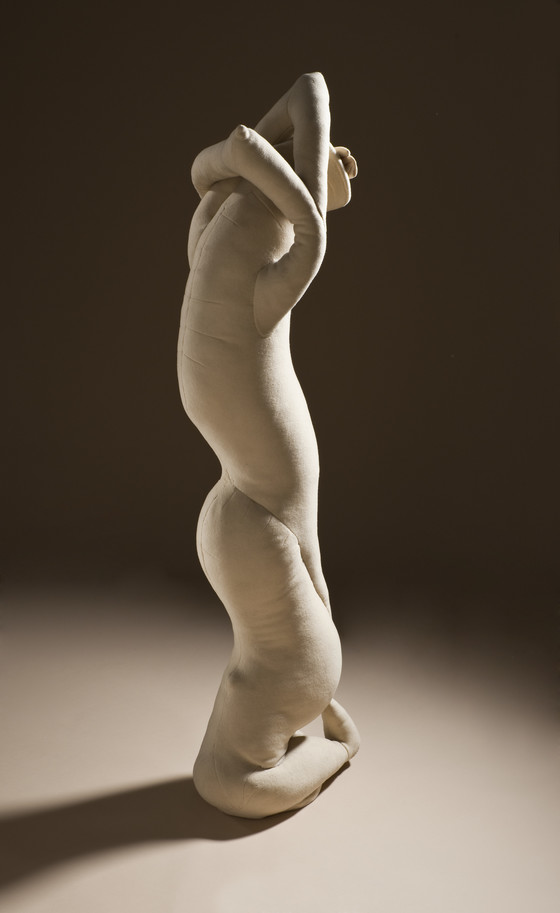
© Dorothea Tanning Estate/Artists Rights Society (ARS), New York
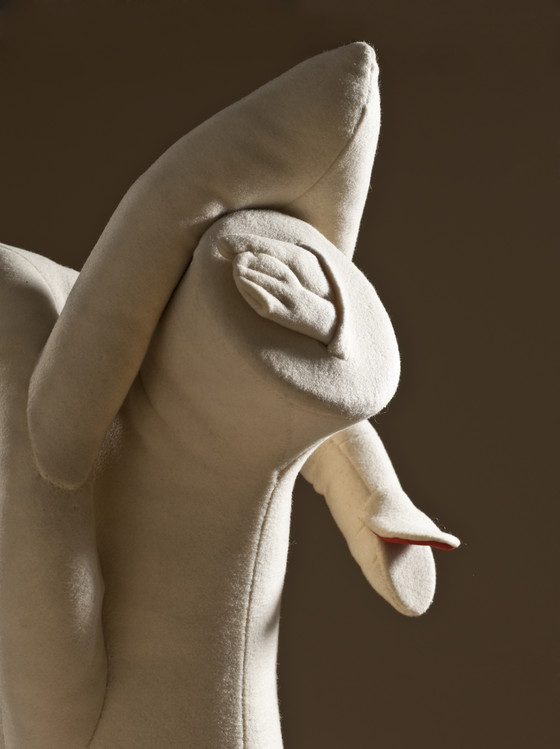
© Dorothea Tanning Estate/Artists Rights Society (ARS), New York

© Dorothea Tanning Estate/Artists Rights Society (ARS), New York
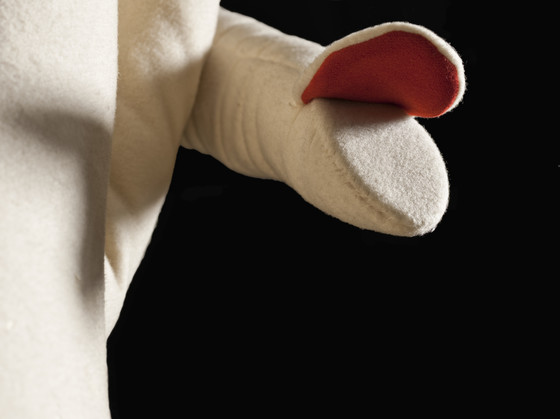
© Dorothea Tanning Estate/Artists Rights Society (ARS), New York

© Dorothea Tanning Estate/Artists Rights Society (ARS), New York
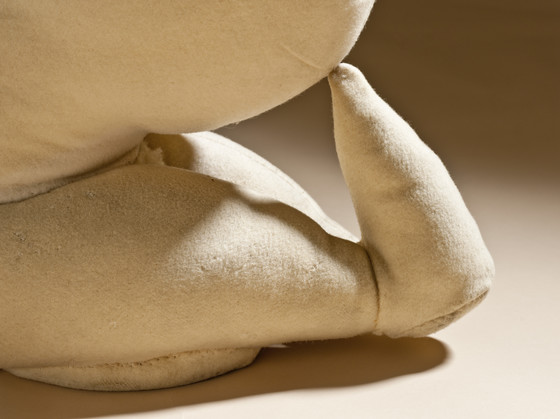
© Dorothea Tanning Estate/Artists Rights Society (ARS), New York
Please log in to add this item to your gallery.
View comments
No comments have been posted yet.
Add a comment
Please log in to add comments.
Please log in to add tags.
* Nearly 20,000 images of artworks the museum believes to be in the public domain are available to download on this site.
Other images may be protected by copyright and other intellectual property rights.
By using any of these images you agree to LACMA's Terms of Use.
Xmas
Sculpture
Fabric, metal, and wool
a) Body: 69 5/8 x 19 3/4 x 20 1/2 in. (176.85 x 50.17 x 52.07 cm); b) Appendage: 4 3/8 x 3 1/2 x 7/8 in. (11.11 x 8.89 x 2.22 cm)
Purchased with funds provided by the 2010 Collectors Committee, with additional funds generously provided by Jodie Evans with Lekha Singh, The Rosenthal Family Foundation, Peg Yorkin, the Kayne Foundation, Susan Adelman in honor of the artist’s 100th birthday, Irene Christopher, Viveca Paulin-Ferrell, American Art Deaccession Funds, Janice G. Gootkin, The Eileen F. and Mort H. Singer, Jr. Family fund in honor of Ilene Susan Fort, and J. Patrice Marandel (M.2010.36a-b)
Not currently on public view